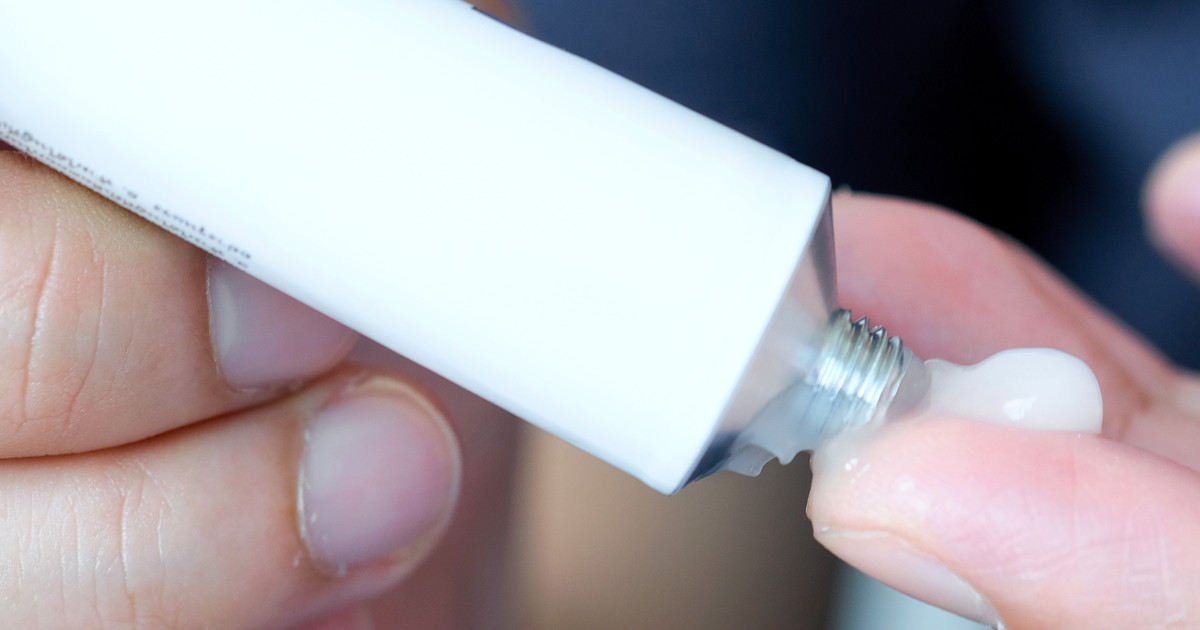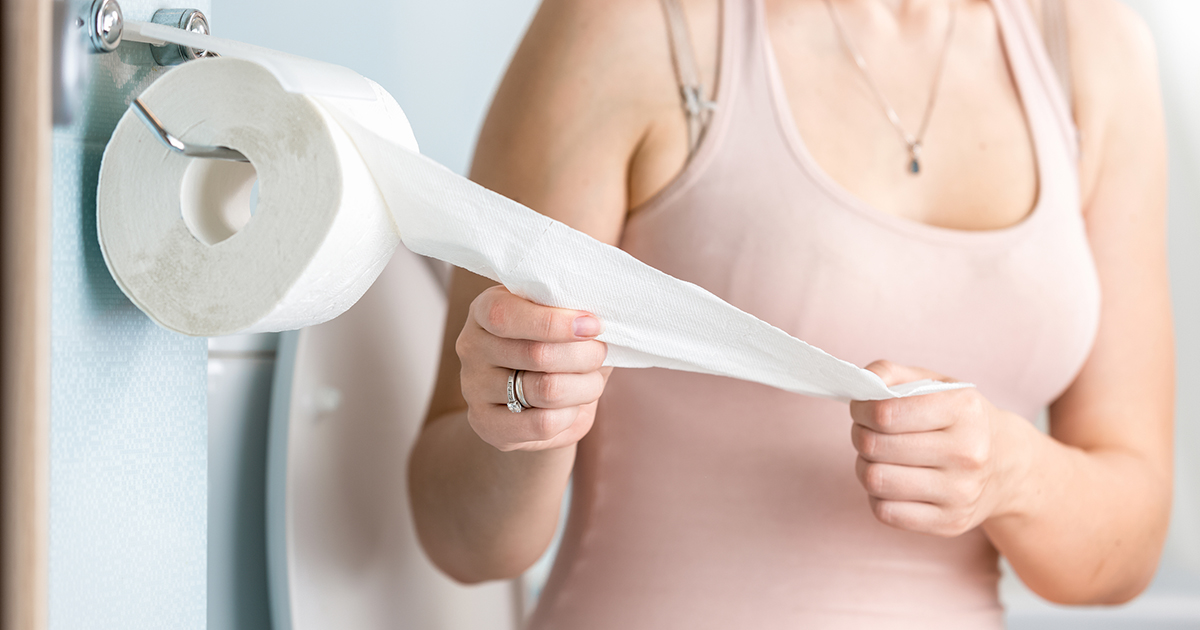How To Treat Urinary Incontinence
Barrier Cream On Skin

Urinary incontinence can also cause problems like blistering with skin in the genital and leg regions, but patients can avoid this by placing a barrier cream on the skin affected by urinary incontinence. Individuals with urinary incontinence are more likely to develop sores, peeling, and yeast infections, so this is an important piece of treatment that should not be overlooked.
The garments designed to help with urinary incontinence can actually increase the occurrence of skin problems, thus amplifying the importance of skincare creams. Barrier creams will help the skin remain moisturized to prevent sores from building up, and they should contain an ingredient that inhibits the growth of yeast. The cream can also prevent pores from being blocked up and soothe the skin in affected areas.
Scheduled Toilet Trips for Training

A patient with urinary incontinence may end up scheduling life around the fact that they are unable to control their urination, though bladder training is an excellent way to alleviate this issue. Scheduled toilet trips will help teach the body when it is appropriate to urinate, which helps eliminate some of the issues with voluntary control. The scheduled trips will also help an individual learn how to control urination and their bladder again.
Scheduled toilet trips can also help keep urine from building up in the bladder, reducing the amount of leakage. The scheduling usually begins after an individual has kept a bathroom diary for a time, allowing the person to best determine when the bathroom trips should actually be scheduled.
